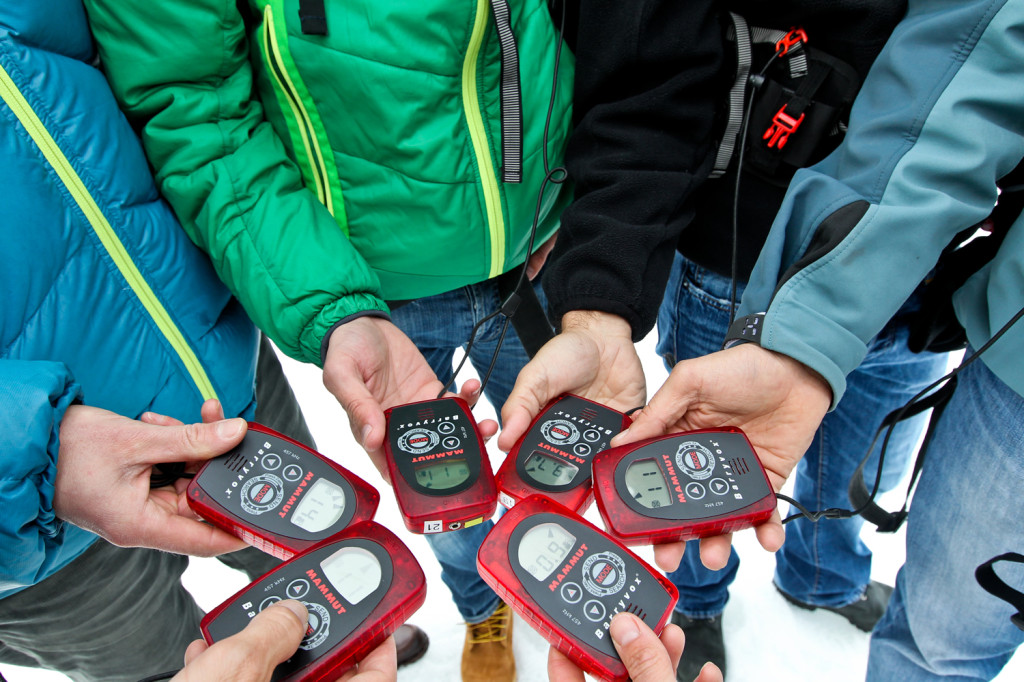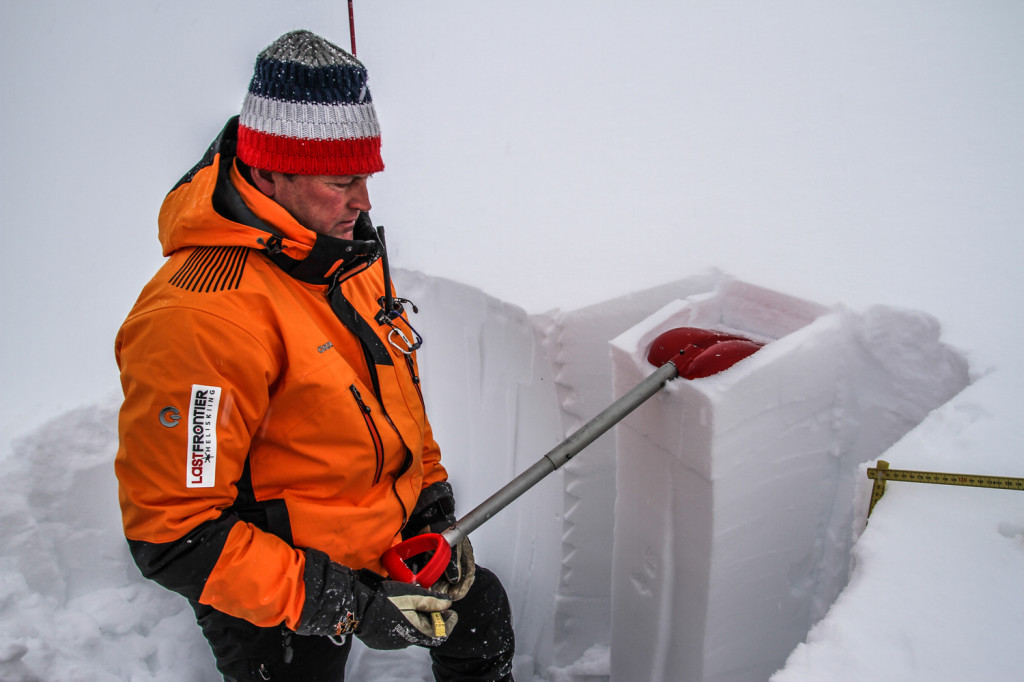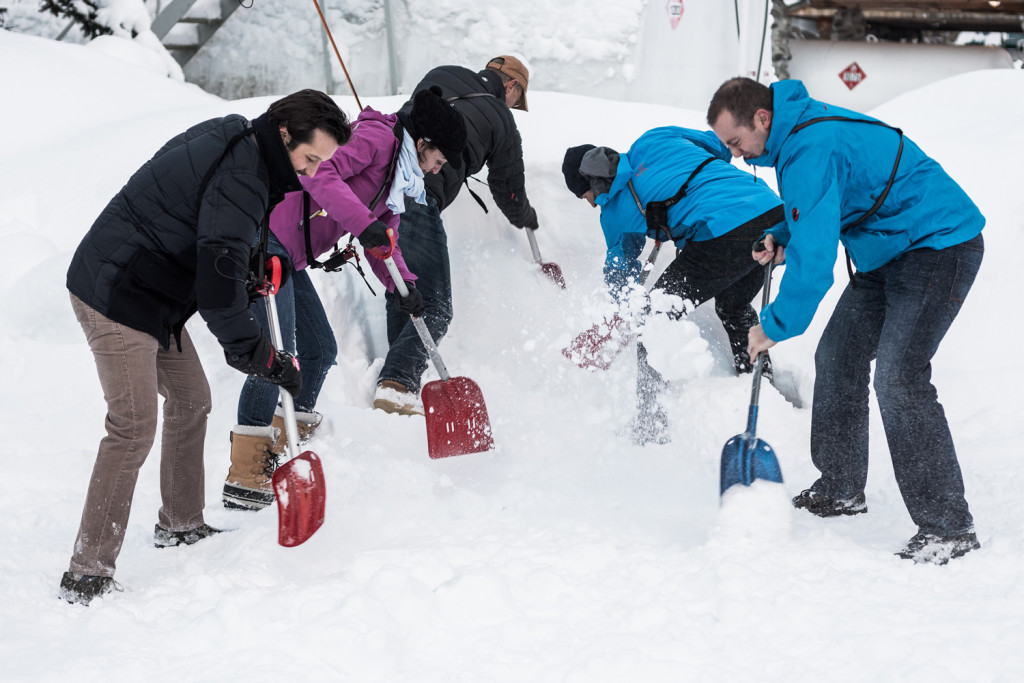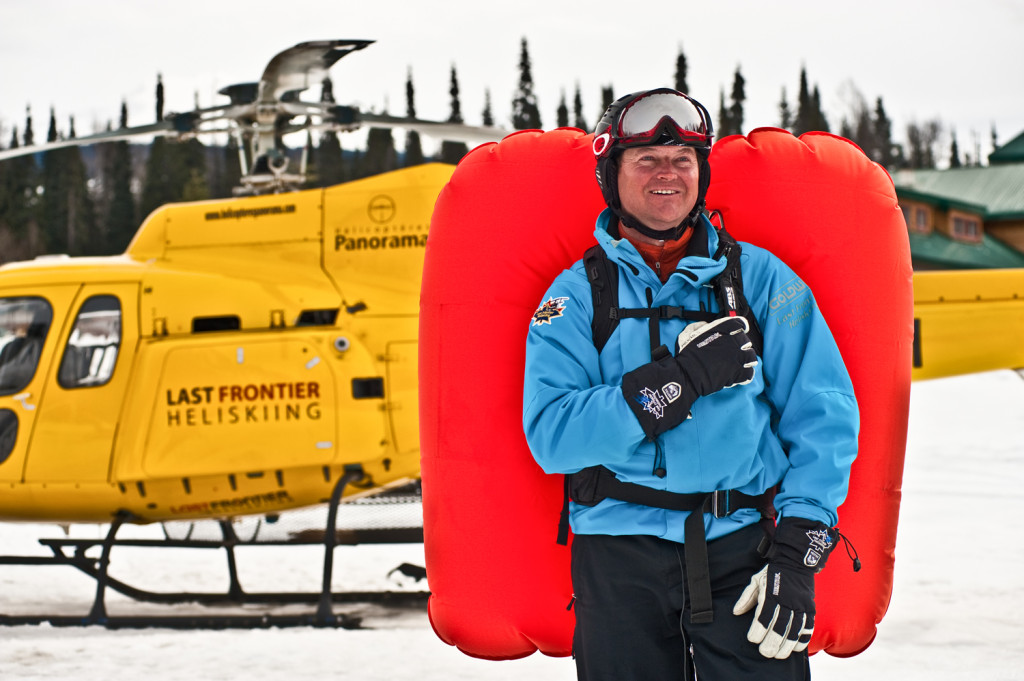A Short Explanation of Avalanche Hazard
Moving in the mountains isn’t a casual affair. Avalanche terrain is a complex and varying environment that is home to two kind of people: those who have been humbled, and those who will be humbled. Avalanches are scary, and can be seriously destructive; but they are also tucked up into the snowpack that we all love to ski. So how do we mitigate avalanche danger and still ski wicked powder? We do our best to understand what is going on.

The Canadian Avalanche Association has a great website with a ton of really valuable information for people that want to learn more about backcountry skiing. Your guides at Last Frontier Heliskiing are an endless resource of information. But one of the first steps to building your awareness out there is understanding the different classifications of avalanches and avalanche hazard.

These numbers indicate a scale that refers to the destructive potential of an avalanche. It is based on their mass, speed, density, as well as length and cross-section of the path.
0: No Avalanche (a zero may be used to indicate no release of an avalanche following control measures like strategic bombing).
1: Relatively harmless to people.
2: Could bury, injure or kill a person.
3: Could bury/destroy a car, damage a truck, destroy a house, break trees.
4: Could destroy a railway car, large truck, several buildings, forest up to 4 hectares.
5: This is the largest known avalanche, and could destroy a village or a forest of 40 hectares.

Beyond this, there are ways to understand when and why avalanches are more likely to happen. The CAA puts out daily avalanche danger ratings for three areas: below treeline, treeline and alpine. Below treeline refers to areas that are dense forest but have openings within them that are large enough to host relatively small avalanches. Treeline is the transition area between forest and alpine regions. Alpine is the open slope area above treeline that leads to ridges and peaks and is very exposed to wind. These ratings are from 1 – 5, or the following categories: 1 – Low, 2 – Moderate, 3 – Considerable, 4 – High and 5 – Extreme. The CAA will predict a category for the different areas mentioned above, as different terrain means different danger ratings. In “Extreme” there is an advisory to avoid all avalanche terrain; however, that does not mean that when ratings are low that it is completely safe to go into avalanche terrain without a guide who has extensive backcountry knowledge.

Predicting avalanches is a puzzle. You gather as many pieces of information as possible, and try to fit them all together to understand or predict the likelihood of a particular slope releasing. The guides at Last Frontier Heliskiing have all studied avalanches, weather, snowpack, terrain and snow science for many years and have a lot of experience in smart decision-making with regards to this kind of activity. Ultimately, educate yourself, take a course, ask a guide, read the CAA website and stay posted to the bulletins. There are endless resources to learn more about the areas that we all love to ski powder in!


